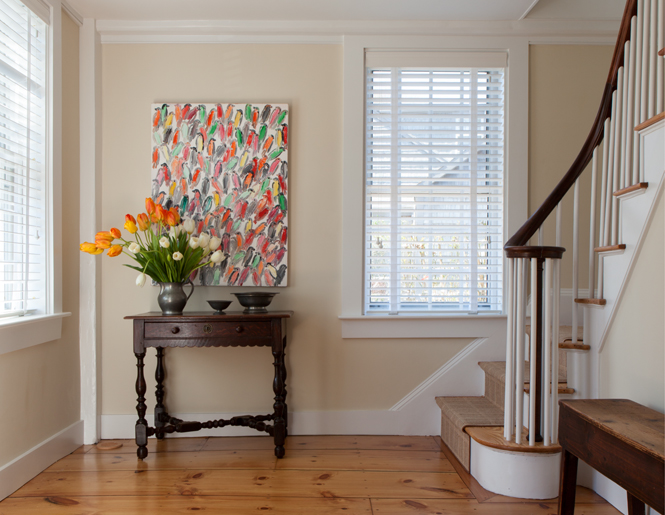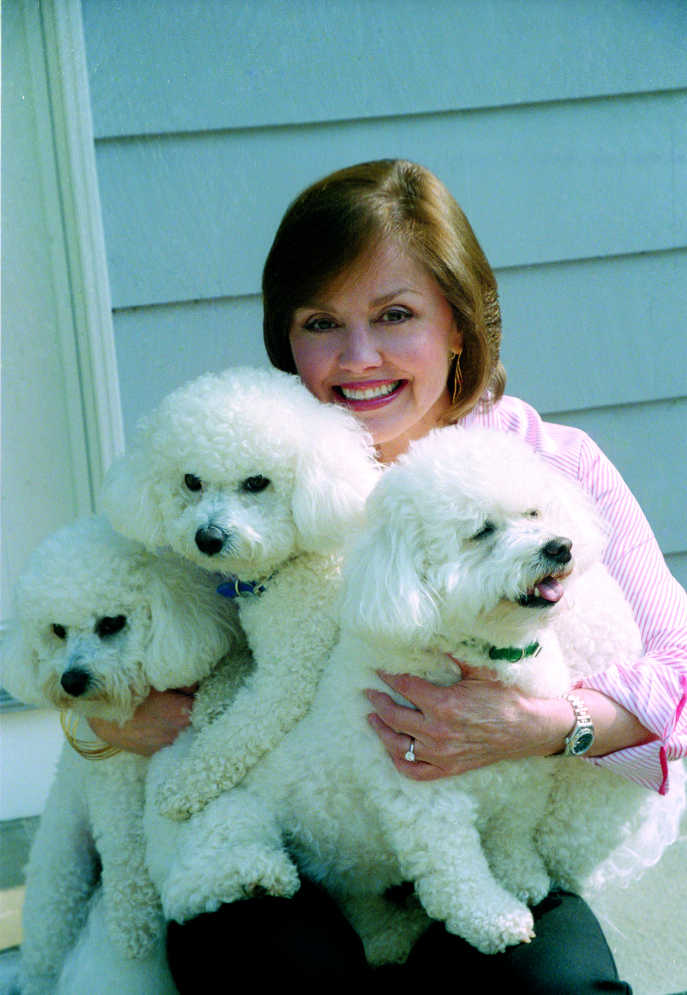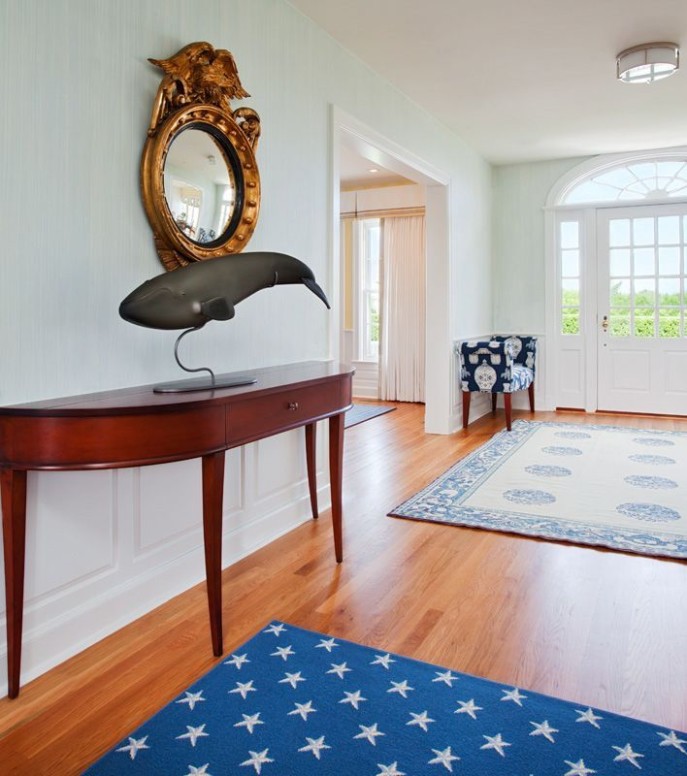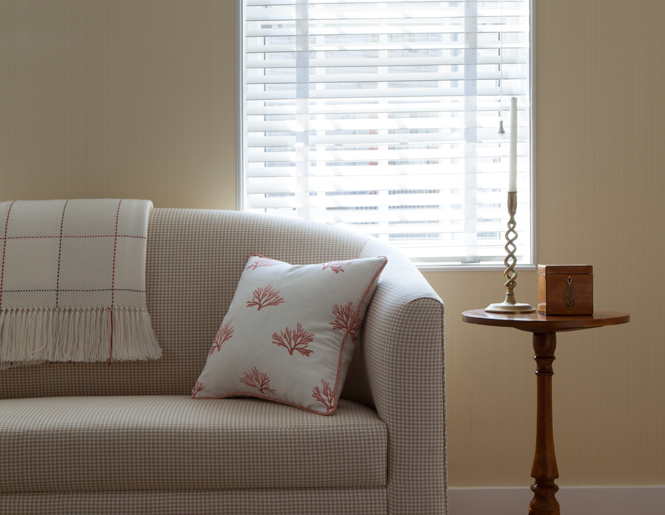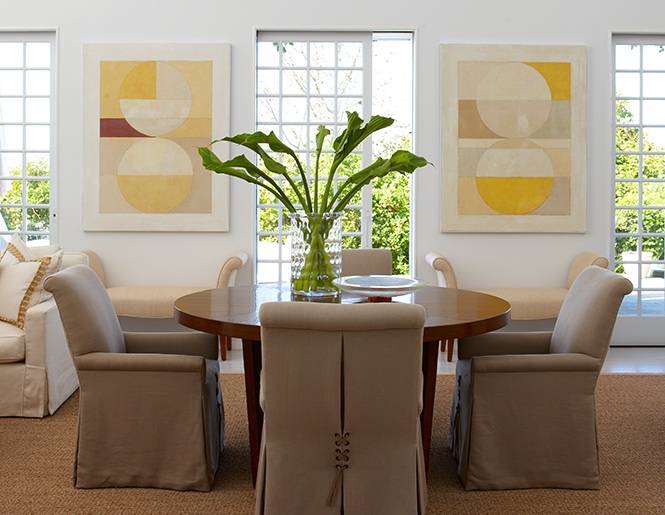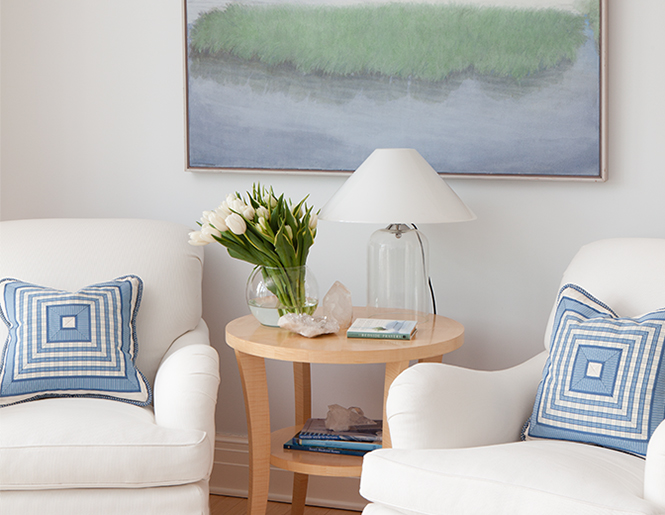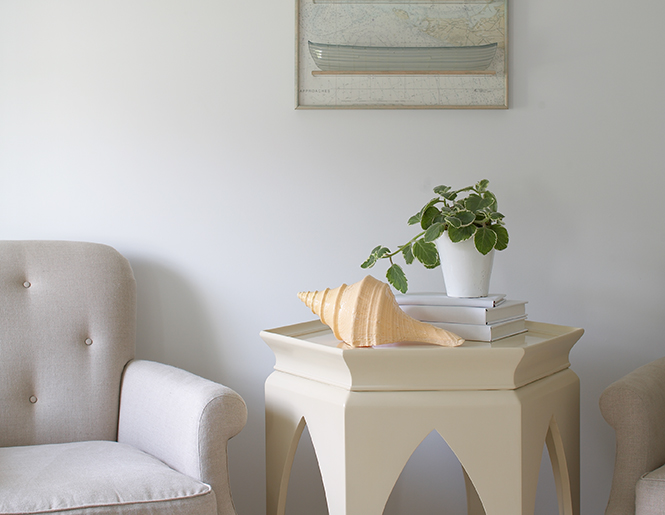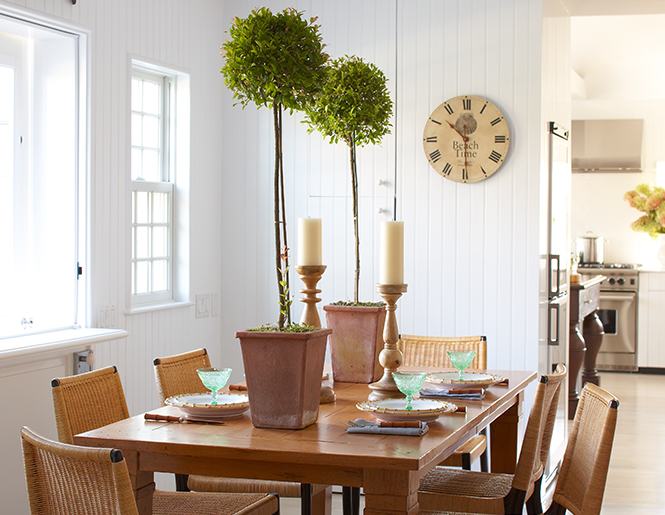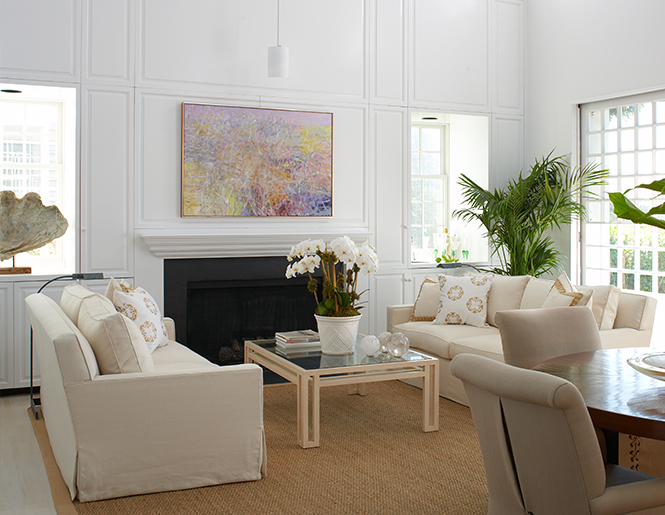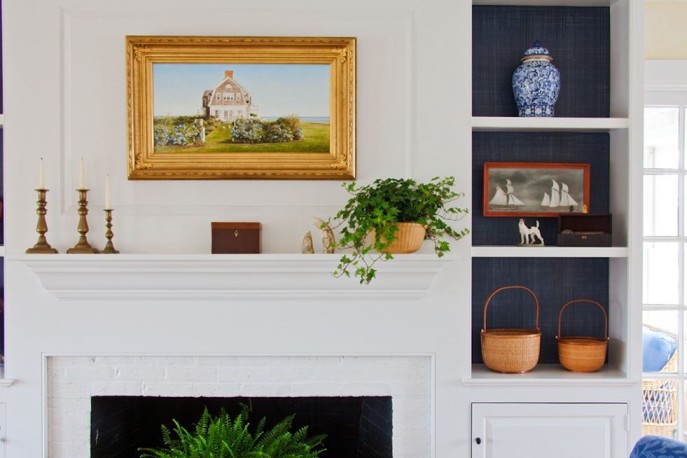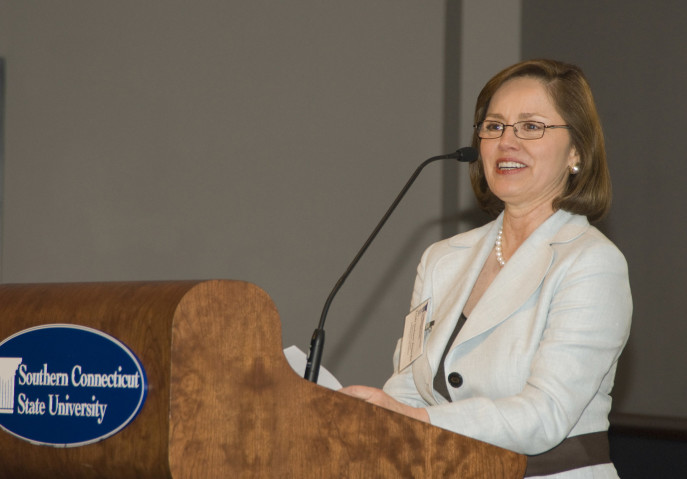
Robert Frost once said, “I am not a teacher, but an awakener.” As an adjunct professor at Fairfield University, teaching Sustainable Design and seminars on The Business of Design to young design students, I’ve long been aware that one of my greatest joys is passing along what I have learned. Fostering new students in the Interior Design profession is one way I can give back to the industry that has given so much to me. A side benefit is that I learn so much from my students, and their fresh, enthusiastic approach to the art of interior design.
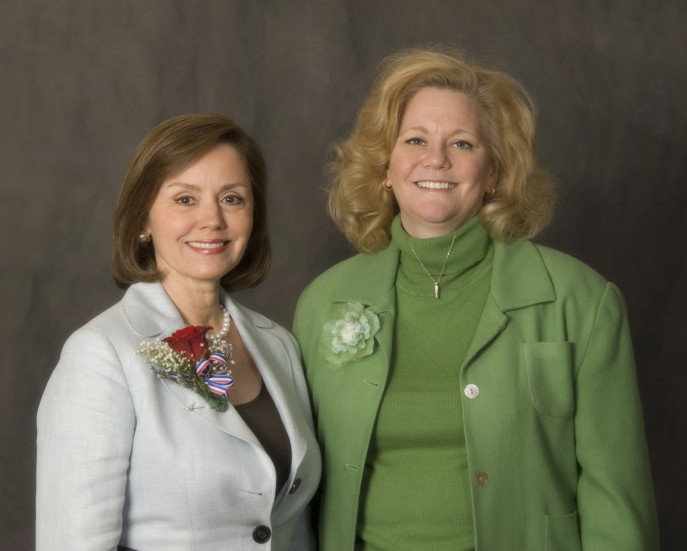
Here I am, on left, with DonnaJean Fredeen, on right, Dean Emeritus of Southern Connecticut State University’s School of Arts and Sciences
Unfortunately, too many young people today find themselves in mentoring relationships that are little more than glorified Gal Friday positions, where they’re filling coffee cups, making copies, and doing busy work. By contrast, I have always been committed to immersing my mentees into the life of the interior design world, giving them real work to do, having them shadow me and other designers in my firm, and taking them along on trips to the D & D Building and other design-related events.
Part of fostering future interior design professionals for me has included conducting portfolio reviews and mentoring sessions at the Shintaro Akatsu School of Design at the University of Bridgeport. My great pleasure this spring is welcoming Sarah Dezelin to my office as my mentee from Southern Connecticut State University, my alma mater.
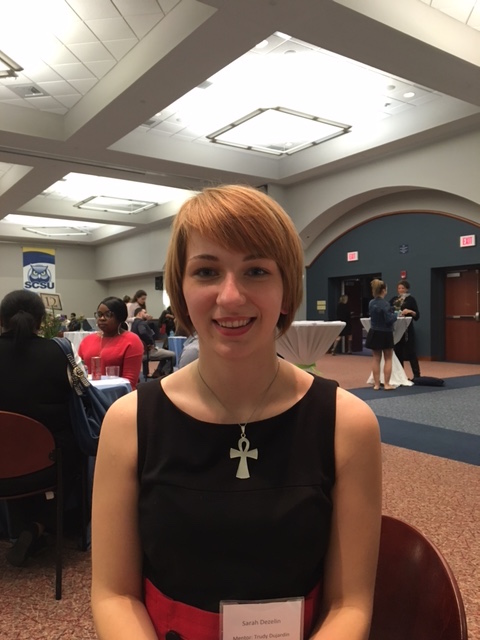
Sarah and I already have a lot in common! She’s interested in art and the environment, and I can’t wait to share my world with her. Another quote I love is “In learning you will teach, and in teaching you will learn.” Looks like we’ll be a perfect match!
…to be continued~





